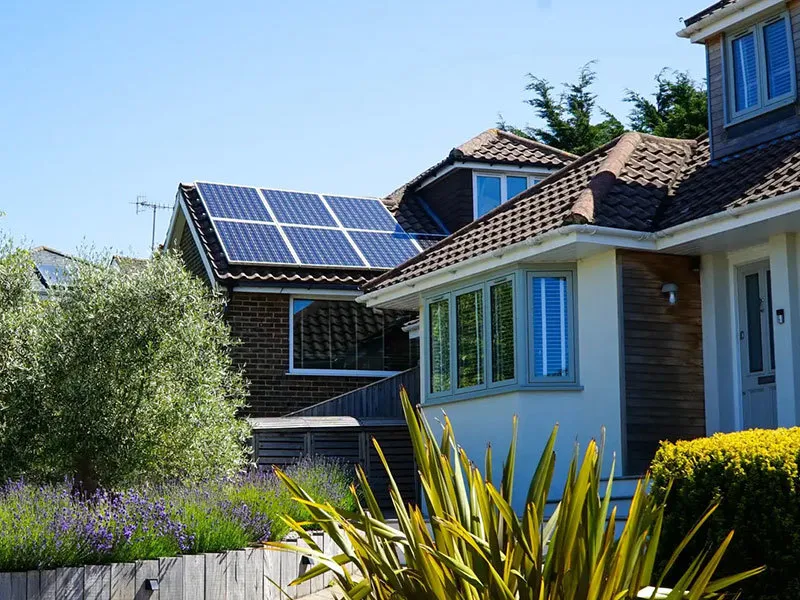monocrystalline solar panel size
Understanding Monocrystalline Solar Panel Sizes A Comprehensive Guide
Solar energy is rapidly becoming one of the most viable and sustainable sources of energy available today. Among the various types of solar panels, monocrystalline solar panels are widely recognized for their efficiency and longevity. One of the critical factors to consider when investing in solar energy is the size of the solar panels, which can significantly impact energy output and installation costs. In this article, we will delve into what defines the size of monocrystalline solar panels and how it affects their performance.
What are Monocrystalline Solar Panels?
Monocrystalline solar panels are made from a single crystal structure, typically silicon, which gives them a distinctive sleek black appearance. This type of solar panel is known for its high efficiency rates, usually ranging from 15% to 22%. Their compact size means that more power can be generated from a smaller area compared to other types of panels, such as polycrystalline or thin-film solar panels.
Standard Sizes of Monocrystalline Solar Panels
Monocrystalline solar panels come in various sizes, generally categorized by wattage. The most common sizes range from 60-cell panels to 72-cell panels
1. 60-cell Panels These panels typically measure about 65 x 39 inches (165 x 99 cm) and generate between 250 to 370 watts. They are ideal for residential installations where space may be limited and moderate power demands are present.
2. 72-cell Panels Larger than their 60-cell counterparts, 72-cell panels measure approximately 78 x 39 inches (198 x 99 cm) and produce around 350 to 450 watts. These panels are often used in larger installations, such as commercial applications or expansive residential setups.
3. Bifacial Panels These innovative panels can capture sunlight from both sides and are available in both 60-cell and 72-cell configurations. Their size may vary slightly depending on their design, but they offer the benefit of increased efficiency by utilizing reflected sunlight.
The size of the solar panels can affect the layout of the solar array on your rooftop or property, influencing how many panels can be installed to meet your energy needs.
Factors Influencing Solar Panel Size Decision
monocrystalline solar panel size

When it comes to choosing the appropriate size of monocrystalline solar panels, there are several factors to take into consideration
- Energy Requirements Determining your energy needs is the first step—calculating your average electricity usage in kilowatt-hours (kWh) can give you a clearer idea of how many panels you’ll need.
- Roof Space The available area for installing solar panels is crucial. If your roof space is limited, you might opt for higher wattage panels, which, despite being slightly larger, generate more energy per panel, ultimately saving space.
- Budget Larger solar panels tend to cost more but can provide better value in terms of higher energy output per unit. Having a clear budget will help you decide how many and which size of panels you can afford.
- Aesthetic Considerations Depending on your property and personal preferences, the look of the solar panels can also play a role in your decision.
Benefits of Using Monocrystalline Panels
Monocrystalline solar panels offer several advantages due to their size and structure. They are more efficient in converting sunlight to energy compared to other types, meaning that fewer panels are needed to achieve the same energy output. This efficiency also translates to better performance in low-light conditions.
Another benefit of monocrystalline panels is their longevity. With an expected lifespan of 25 years or more, these panels are a sound investment for long-term energy savings.
Conclusion
Choosing the right size of monocrystalline solar panels hinges on your energy needs, roof space, budget, and personal preferences. By understanding the common sizes of these panels and the factors influencing your decision, you can choose the best options for your solar energy system. Investing in monocrystalline solar panels not only reduces your carbon footprint but also leads to considerable savings on energy bills. Whether you're considering it for residential or commercial use, the right size can empower your shift towards renewable energy solutions.
-
Understanding the Advantages of Solar String Inverters for Your Energy SystemNewsApr.29,2025
-
Choosing the Right PV Inverter: A Comprehensive GuideNewsApr.29,2025
-
The Future of Solar Power: Exploring Bifacial Solar PanelsNewsApr.29,2025
-
The Complete Guide to Solar Panels: Efficiency, Cost, And InstallationNewsApr.29,2025
-
The Best Options for Efficiency and Cost-EffectivenessNewsApr.29,2025
-
Harnessing the Power of Off-Grid Solar Inverters for Energy IndependenceNewsApr.29,2025







